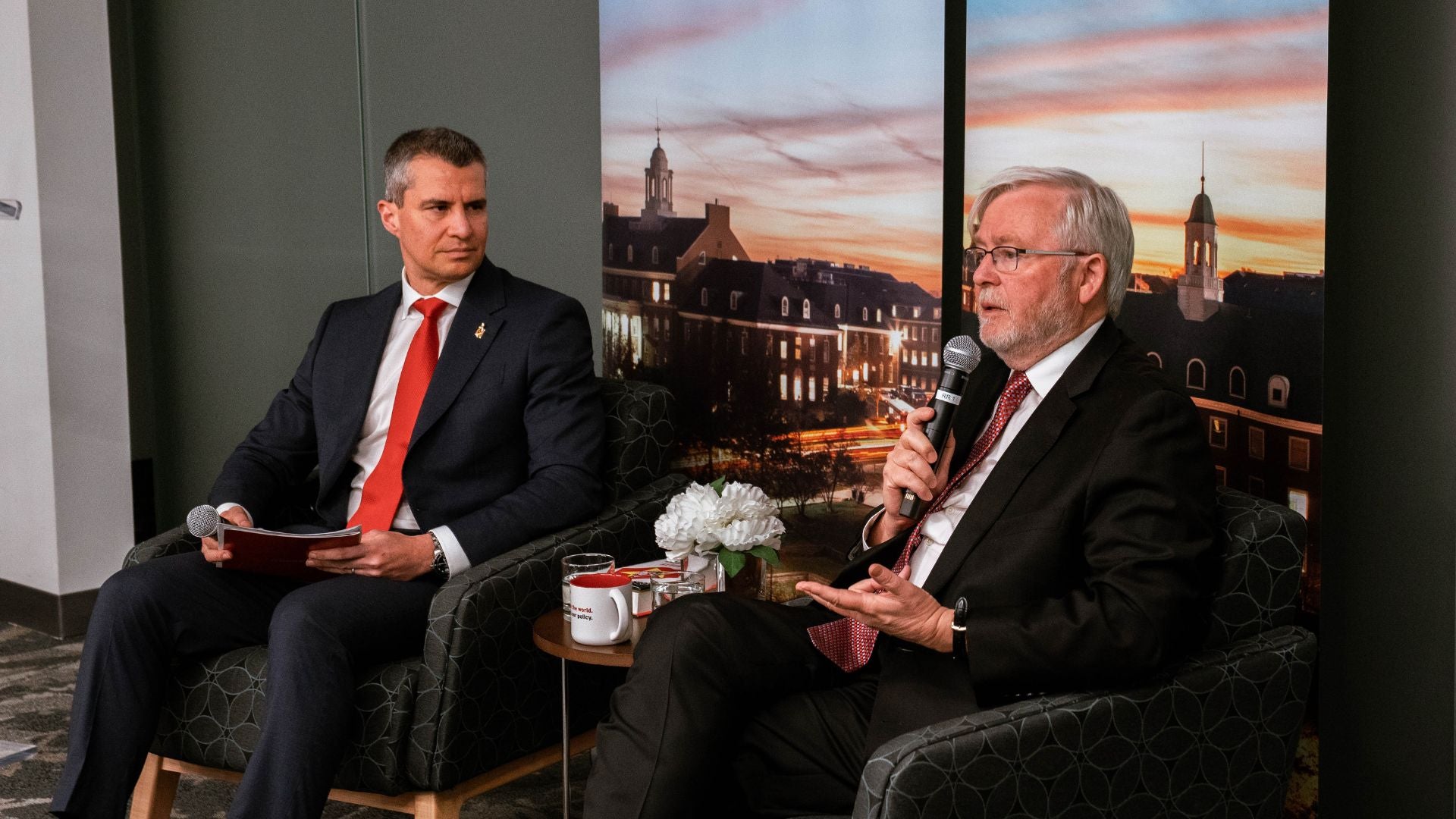
Meet College Park Professor Carol Graham, interim vice president and director of economic studies at The Brookings Institution. In her new book, "The Power of Hope: How the Science of Well-Being Can Save Us from Despair," Graham sheds light on the importance of hope in addressing the growing crisis of despair, particularly among low-income populations in the United States. Drawing on her extensive research, she offers valuable insights into how we can cultivate hope and enhance overall well-being.
Graham’s research was inspired by her personal observations of hope disparity between the U.S. and low-income countries despite the economic opportunities available in America. Growing up, she balanced her time between the U.S. and Peru. The challenges of hyper-inflation, Shining Path terrorism and the occasional military coup in Peru notwithstanding, Graham cherished her time spent there. Meanwhile, she viewed the U.S. as a beacon of opportunity, progress and democracy. However, she noticed major pockets of despair among low-income white Americans, contrasting with the high levels of hope and resilience found among minority communities. This discrepancy and the alarming rise in deaths of despair motivated her to delve deeper into understanding and addressing this issue.
In a society plagued by extreme inequality, Graham emphasizes the importance of exploring emotions and well-being. She shares that economists were initially skeptical about delving into this realm. It was during this time that Graham became aware of a troubling disparity: while the U.S. struggled with a lack of hope, low-income populations in materially deprived countries displayed high levels of hope and resilience.
Despite gradual progress in the field of economics over the past 10-15 years with robust methods and widely used metrics such as life satisfaction, hope has been largely overlooked. Graham highlights the significance of recognizing hope as an independent factor in understanding well-being, which can lead to more comprehensive strategies to address extreme inequalities in communities.
We have unequal hopes and aspirations across the haves and have-nots, virtually guaranteeing even more unequal outcomes in the future.Carol Graham
Graham’s research reveals that hope and aspirations play a critical role in individuals’ decisions about their future, including educational pursuits and avoiding risky behaviors. However, given the soaring income inequality and declining intergenerational mobility in the U.S., Graham acknowledges, “We have unequal hopes and aspirations across the haves and have-nots, virtually guaranteeing even more unequal outcomes in the future.”
Raising important questions about America's mental health crisis and recognizing that a lack of hope leads to despair and premature deaths, Graham suggests a broader approach that includes psychologically tailored interventions at the individual and community levels combined with improvements in economic and social infrastructure.
Her research explores hope among low-income adolescents, revealing that minority communities exhibit higher levels of hope for the future despite facing material deprivation. This optimism and hope can lead to longer lives and better overall well-being. In contrast, low-income white adolescents often lack trust, community ties and support for higher education, indicating the importance of mentors in fostering hope and aspirations.
Graham's book introduces new methods of measuring well-being, with a specific focus on signs of despair. The absence of hope consistently links to a higher vulnerability to despair and premature death, providing valuable insights into the current state of despair in the U.S.
Graham attributes the lack of hope in the U.S. to public policy problems such as joblessness, labor force dropout, lack of affordable healthcare and inadequate public education. These issues not only fuel despair but also deepen the divide between socioeconomic groups, degrading the social fabric of communities and hindering the opportunity of shared experiences. “Until we recognize despair as a fundamental social, political and economic problem facing our country and prioritize supporting efforts to address it,” emphasizes Graham, “it is difficult to imagine how we can turn our crisis of despair around.”
To restore hope, Graham suggests prioritizing awareness of the problem and developing evidence-based solutions. Researchers and policymakers alike play a vital role in addressing the critical need to restore hope in the U.S. By highlighting the extent and impact of despair and sharing successful interventions, they can pave the way for meaningful change. Through collective action, the U.S. can work towards a future where hope prevails and well-being is restored for its citizens.



